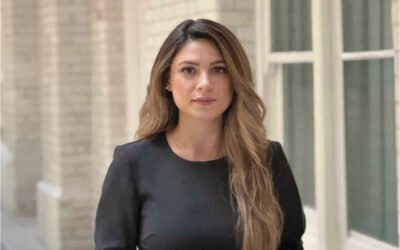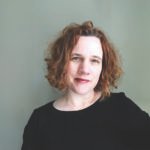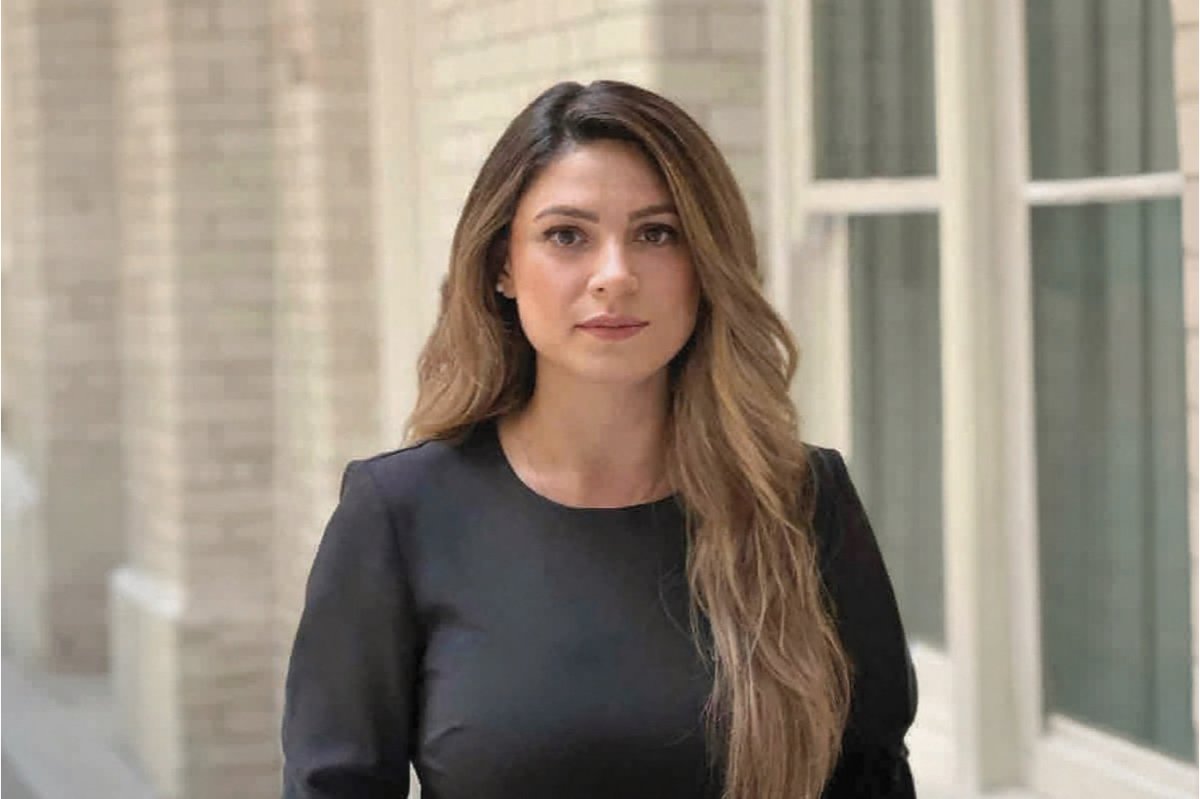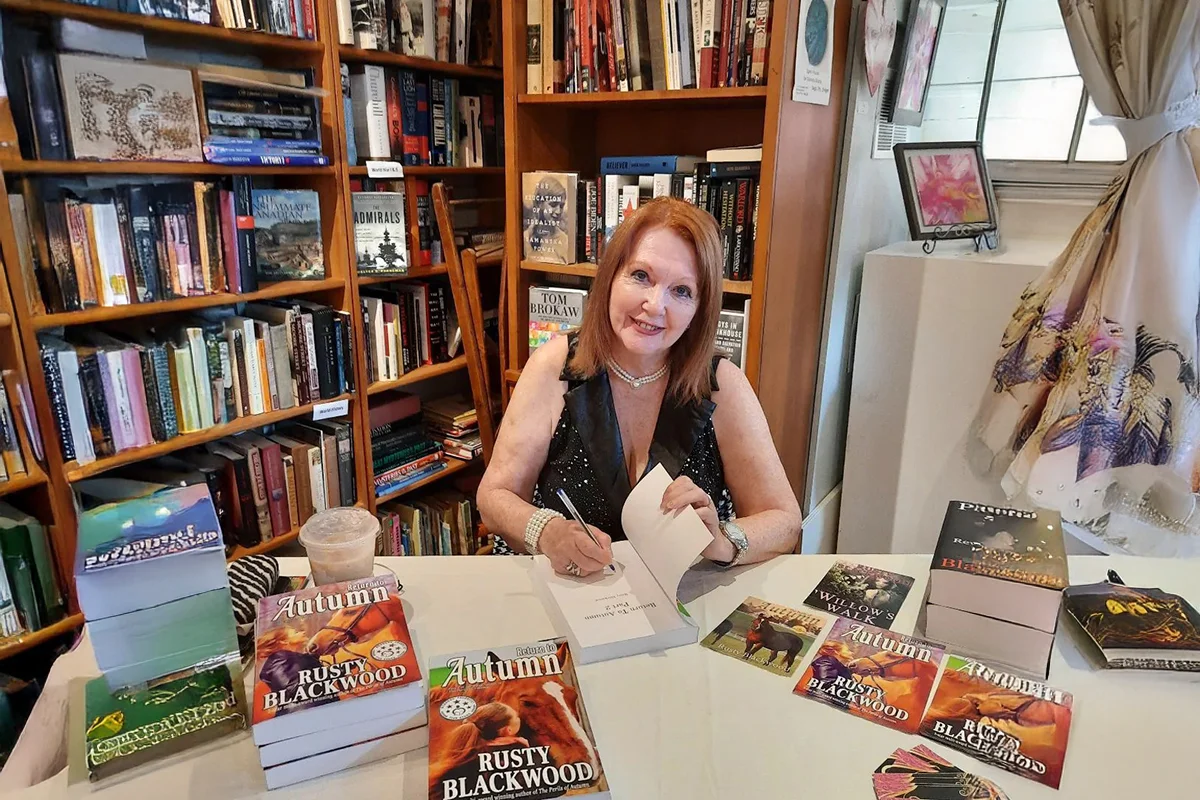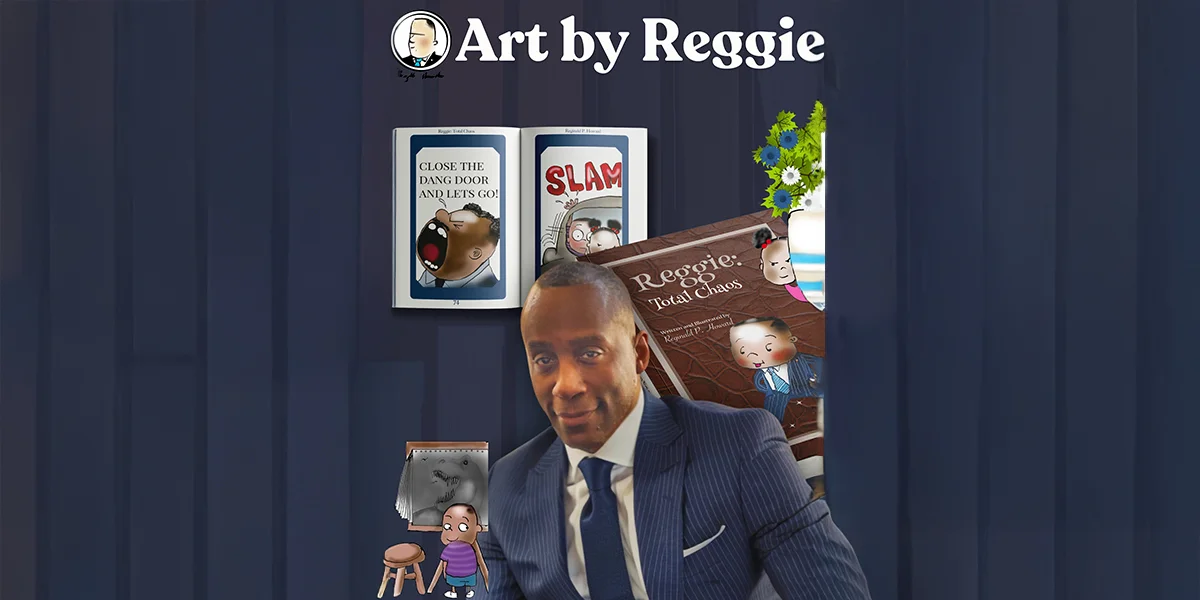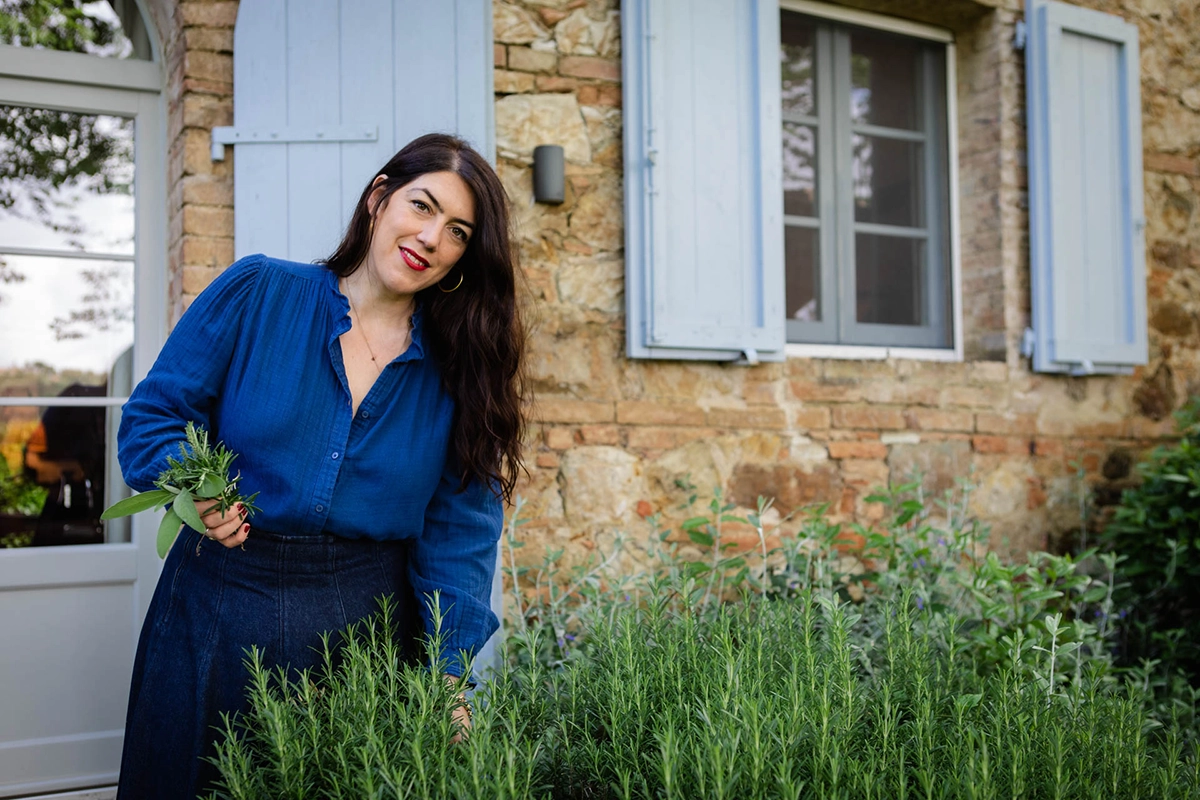A Masterful Weaving of History and Fiction The Literary Brilliance of Susan King

Exploring the Richly Detailed and Unforgettable Worlds of an Award-Winning Historical Novelist
Susan King’s extraordinary storytelling brings medieval history to life with rich detail, unforgettable characters, and impeccable research. Mosaic Digest proudly features an exclusive interview with this acclaimed author.
Susan King stands as one of the most esteemed voices in historical fiction, crafting immersive narratives that seamlessly blend historical accuracy with deeply engaging storytelling. With over thirty novels and novellas to her name, King has captivated readers with her unparalleled ability to bring medieval Scotland and other rich historical settings to life. Her novels, including Lady Macbeth: A Novel and Queen Hereafter: A Novel of Margaret of Scotland, offer a compelling mix of romance, intrigue, and meticulously researched historical depth.
As a USA Today bestselling author, King’s work has earned widespread acclaim for its authenticity, lyrical prose, and masterful storytelling. Her deep academic background in art history and medieval studies enriches her novels, infusing them with vivid detail and a keen sense of time and place. A recipient of numerous literary awards and accolades, King continues to inspire and educate through both her fiction and her extensive contributions to historical and writing communities.
In this exclusive interview with Mosaic Digest, King shares insights into her creative process, the balance between historical accuracy and artistic freedom, and the fascinating discoveries she has made during her research. Whether writing as Susan King or Susan Fraser King, her works remain a testament to the enduring power of historical fiction. Join us as we delve into the mind of a master storyteller whose books not only transport us to the past but also leave a lasting impression on the present.
Susan King masterfully blends historical authenticity with captivating storytelling, crafting novels that transport readers to the past with lyrical prose, compelling characters, and meticulous research.
Your historical novels, particularly those set in medieval Scotland, are rich in detail and atmosphere. What first drew you to this period, and how do you bring history to life in your storytelling?
I discovered historical fiction in grade school, and loved the medieval era for its fairytale elements (and wrote my first “novel” at twelve–enough said about that!). In college, I went to art school, then graduate school in art history with a focus on medieval studies. That taught me to be visually observant, a creative thinker, and a careful researcher. Art history also taught me to write. Good writing is as important as solid research there, and those skills also apply to fiction. Crafting a strong research argument (or a plot) relies on structuring a beginning, middle, and end that hooks and keeps the reader, and requires deep research and clear narration and description. Both art history and fiction evoke character and emotion when describing and analyzing artworks or in storytelling. All that, plus deep immersion in medieval history and culture, led me to write my first medieval-set novel, which grew out of my academic work.
Your work beautifully blends romance, intrigue, and historical authenticity. How do you balance historical accuracy with creative freedom when crafting your novels?
For me, the balance comes down to story purpose and a careful blending of accuracy and authenticity—facts and imagination. Nonfiction history writers tend to reconstruct history with information and details in a logical, analytical approach that supports the premise. Given similar research, historical fiction writers tend to conjure history to evoke a sense of time and place, fitting characters naturally into that environment, and then using events, motivations, emotions and so on to support the story. What differs is the intent, the perspective, and the goal of the piece. A writer in nonfiction or fiction becomes an authority of sorts for the reader, and I try to stay cognizant of that by sticking close to the historical thread, though I’ll wander a bit where it serves the story.
You’ve written under both Susan King and Susan Fraser King. How does your approach to storytelling differ between these pen names, and what inspired you to write under multiple identities?
I write historical romance as Susan King, and mainstream historical fiction as Susan Fraser King; Random House wanted a more academic author name and my great-grandparents were Highland Frasers. My romance novels are historical fiction with an adventure-romance slant; the generous parameters of the romance genre allow room to blend a love of history with strong heroes and heroines, clear themes, and sometimes paranormal elements. My mainstream historical novels, including Lady Macbeth and Queen Hereafter, are longer, deeply researched stories that focus on real and imagined characters, following a chronology of actual historical events that blend verifiable fact with imagination. I want my readers to feel immersed in the story while knowing it’s as close to the truth as the author could get.
The nature of romance fiction focuses on a relationship arc with some version of happily-ever-after, while mainstream historical fiction has a broader, more complex structure. Though happy endings aren’t guaranteed in the latter form, I try to end my novels on a hopeful note. Writing about the actual Lady Macbeth was a bit scary, given the Shakespearean elephant in the room. Following the historical breadcrumbs, I found a few sparse facts that told a substantive story. The queen who rises out of the factual landscape of her time and place is very different from Shakespeare’s dramatic portrait.
Research plays a crucial role in historical fiction. What’s the most fascinating or unexpected discovery you’ve made while researching for one of your books?
Sometimes research, academic and experiential, leads to surprises that enhance a story or even change its direction. In the spirit of research, I’ve taken lessons in falconry, Celtic harp, and archery (I once trained in catching arrows to learn how it could be done), and I’ve interviewed historians, harpers, fiddlers, blacksmiths, swordsmiths, falconers, artists, musicians, and more. One day, studying genealogy charts that included the Macbeths, I discovered that Lady Macbeth–called Gruoch in a Latin document–had a great-granddaughter named Gruaidh. Given naming patterns, the child might have been named after her great-grandmother, a queen. The name Gruoch appears in just one document and could have been a phonetic for her true name, but Gruaidh occurs in Irish myth–so my Lady Macbeth became “Gruadh” (besides, I kept typing “Grouch”). While researching another novel set in the time of Wallace and Bruce, I traveled to Scotland and spent a rainy afternoon in Dunfermline with a local historian, who pointed out a spot where local legend claims the “bits o’ Wallace” are buried. That was information I couldn’t have found elsew”here, and it gave the book a fresh angle.
Your novels feature strong, intelligent heroines who navigate complex historical landscapes. What influences your character development, and do you see reflections of yourself or historical figures in your protagonists?
Most of my characters are inspired by something in the research, either a historical person or a situation–they seem to fit the setting more naturally that way. Other characters might emerge from a personality type that I want to place in a specific time frame. Either way, occasionally I’ll add a trait of mine, or a friend or family member, to the pastiche that makes up any character. We’re all filters and models, one way or another, toward understanding what drives people.
I want to create believable historical protagonists and antagonists, and one way to do that is through language and dialogue. We wouldn’t easily comprehend the way people spoke centuries ago, so I like to salt the story with elements of the language for flavor, such as using Gaelic phrase structure in the dialogue of a native speaker. It’s a subtle way to flesh out convincing characters. And though I write Scottish-set stories, I’m very careful with Scots–a little goes a long way!

